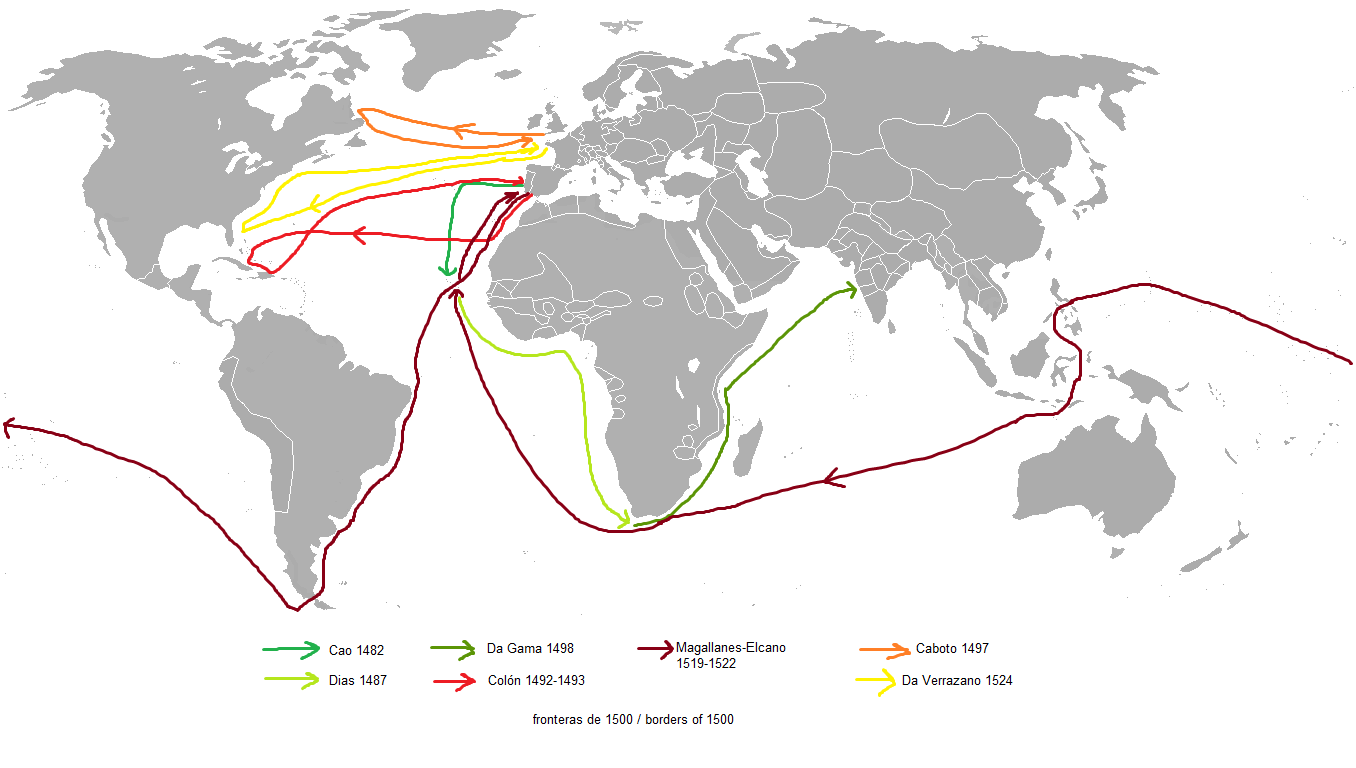To reach the East all three of the northern maritime powers used the ocean route around Africa that the Portuguese had developed in the fifteenth century. All three secured African posts, with the Dutch occupying the strategic Cape of Good Hope at the southern tip of the continent in 1652.
While the Cape was at first a repair and replenishing station for Dutch ships on the long voyage to the East, it had a temperate climate, and a small colony of settlement grew up peopled by Dutch and by some French Huguenots. In West Africa the Dutch took the Portuguese posts on the Guinea and Gold Coasts.
The French, too, worked down the Atlantic coast, taking Senegal (1626) at the westernmost point of the African bulge, and later reaching the large island of Madagascar and taking the smaller one of Mauritius in the Indian Ocean, from the Dutch. The British secured a foothold at the mouth of the Gambia River near Senegal (1662) and made further acquisitions at the expense of the French and the Dutch. Thus by the eighteenth century a map of Africa and adjacent waters would have shown a series of coastal stations controlled by various European powers. The interior remained for the most part unexplored, untouched except by slavers and native traders.
The Far East, too, was not truly opened to Western imperialism until the nineteenth century. In China the Portuguese clung to Macao, and the Dutch obtained a station on Taiwan (1624), an island that the Portuguese had named Formosa (meaning “beautiful”). The Jesuits were tolerated by the Chinese, but they made few converts. Generally the Chinese considered most Europeans barbarians who should be paying them tribute.
In Japan the reaction against European penetration was even stronger than in China. The Portuguese had won trading privileges in the sixteenth century, followed by the Dutch in 1609. Meantime, the great Jesuit missionary Francis Xavier (1506-1552) began preaching in 1549. Many Japanese became Christians. The Tokugawa family, the feudal rulers of Japan from 1600 to 1868, feared Christianity.
They saw it as a threat both to national traditions and to their own rule because of the opportunities it might give European powers to intervene in Japanese politics and intrigue with their enemies. They therefore decided to close their land entirely to foreign dangers. In the early seventeenth century they suppressed Christianity with brutal force and sealed off Japan.
Foreigners were refused entry, and Japanese were refused exit. Even the building of oceangoing ships was forbidden. The Dutch, who had persuaded the Japanese that Protestants were less subversive than Catholics, were allowed under strict supervision to retain an island in Nagasaki harbor.

